Chemical Fertilizers Cause Water Pollution:
If nitrogenous fertilizers and phosphatic fertilizers are used in proper amounts, they promote the growth of plants and increase crop yield. The excessive use of nitrogenous fertilizers and phosphatic fertilizers, however, pollutes water. This can be explained as follows. When we use excessive fertilizer, then the excess nitrate and phosphate salts go on collecting in the soil. Some of these nitrate and phosphate salts are carried into the rivers, lakes and ponds with rainwater and cause water pollution. The high concentration of nitrate and phosphate salts in ground and surface water makes the water toxic (poisonous) and unfit for human and animal consumption. This polluted water containing salts like nitrates and phosphates is quite difficult to treat for making it potable (drinkable). The polluted water containing nitrate and phosphate salts is especially harmful to aquatic creatures like fish. This is because the presence of nitrates and phosphates in the water of lakes, ponds and rivers, increases (proliferates) the growth of algae. These algae deoxygenate water, that is, these algae remove dissolved oxygen gas from the water making it unfit to support aquatic animals. Thus, due to the lack of dissolved oxygen gas in water, the water animals like fish die. Actually, nitrates and phosphates act as food for algae and other organic matter and dramatically increase the number of algae and other organic matter in water. When this vegetation like algae dies, then it is decomposed by bacteria. These bacteria require oxygen for this purpose, so the oxygen content of water is reduced. The tremendous increase in the number of algae and other organic matter in the water of lakes, ponds and rivers due to the presence of nitrate and phosphate salts in water, often leading to serious depletion of dissolved oxygen in water, is called eutrophication. The reduced amount of dissolved oxygen in the water because of eutrophication leads to a deadening of the aquatic life-supporting environment in the pond or lake which can kill water animals like fish etc.
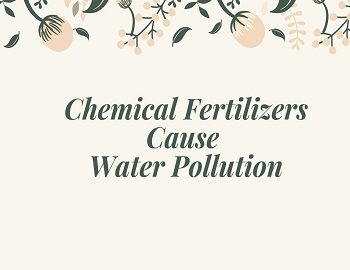
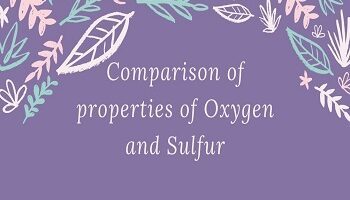
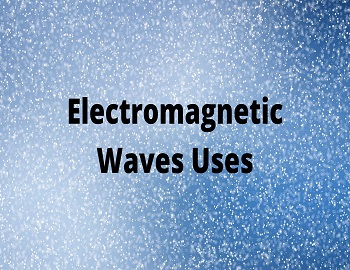
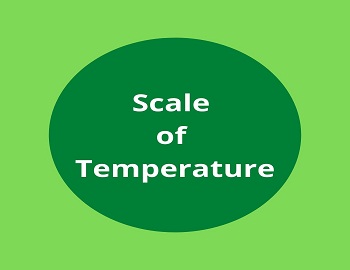
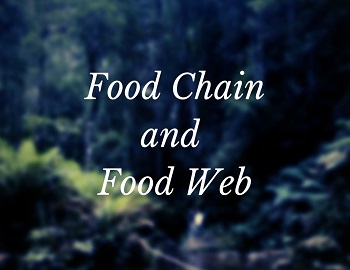

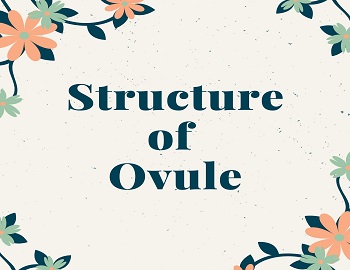

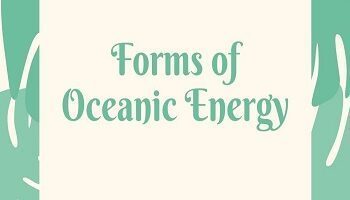
Comments (No)